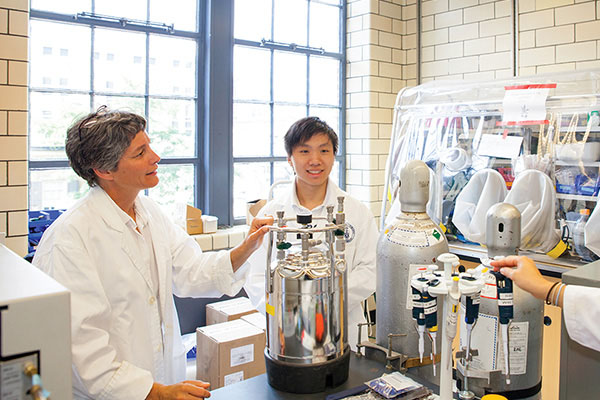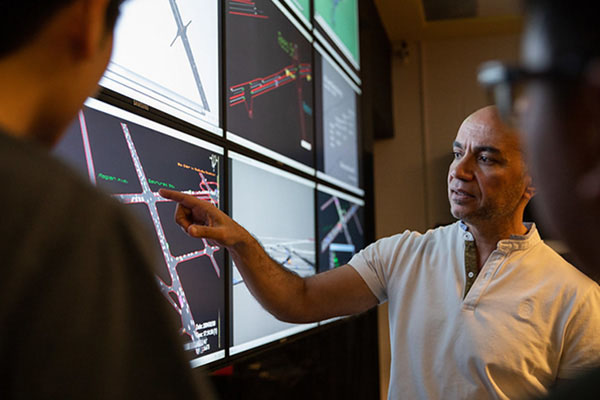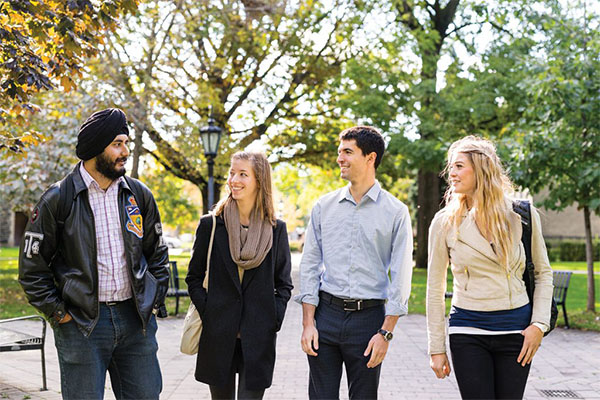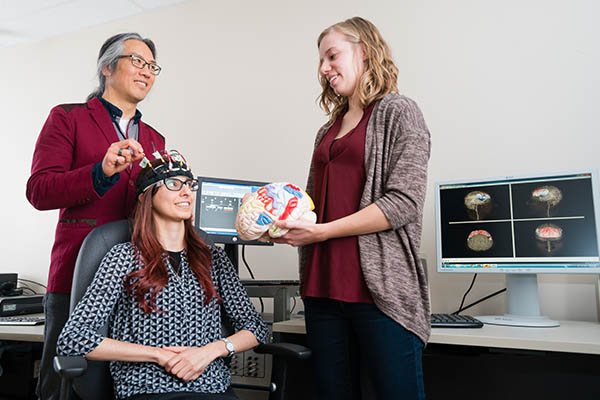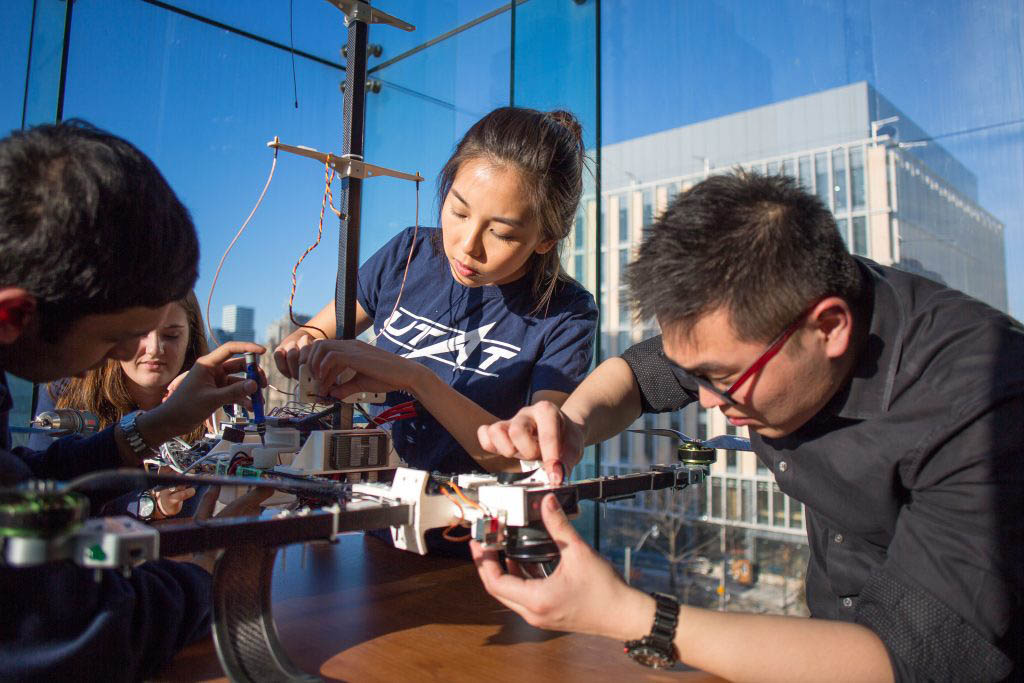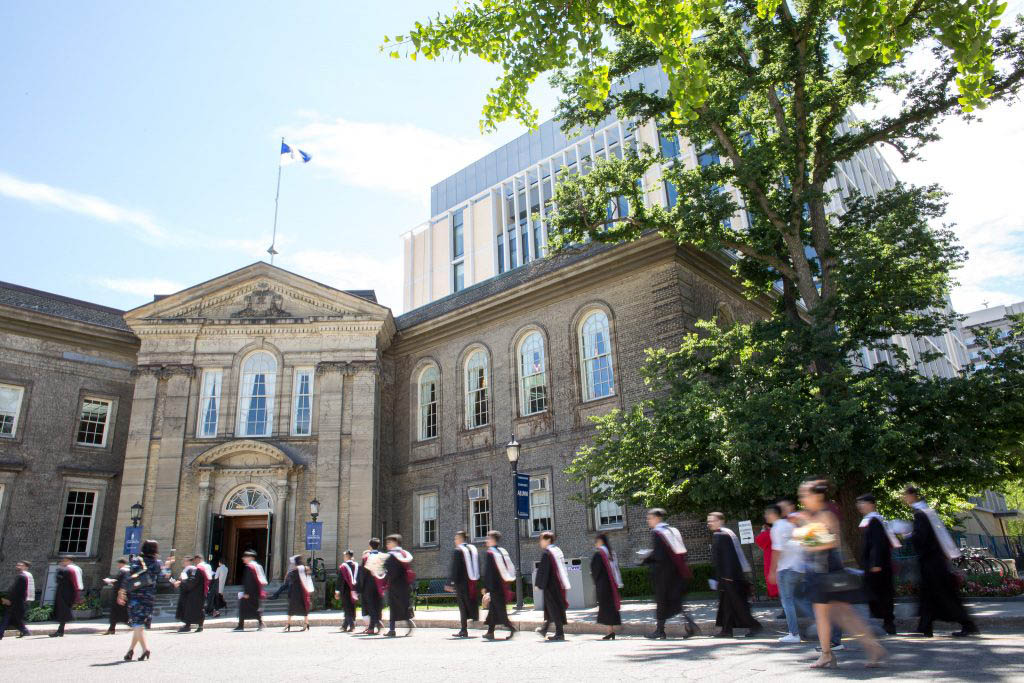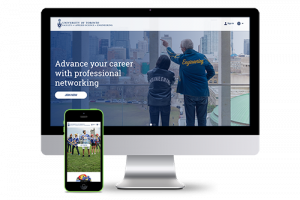All Canadian engineering programs are reviewed at least once every six years by the Canadian Engineering Accreditation Board (CEAB), a standing committee of Engineers Canada.
Each of U of T Engineering’s nine undergraduate programs are accredited:
The Faculty of Applied Science & Engineering’s forthcoming accreditation review will take place this fall, with a team of reviewers visiting campus on October 19-21, 2025.
Downloads
U of T Engineering
Graduate Attributes Poster
U of T Engineering
Graduate Attributes PowerPoint Slide
Questions about the 2025 CEAB review?
Contact the Office of the Vice Dean Undergraduate: vicedean@engineering.utoronto.ca




